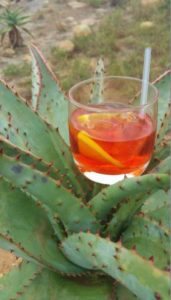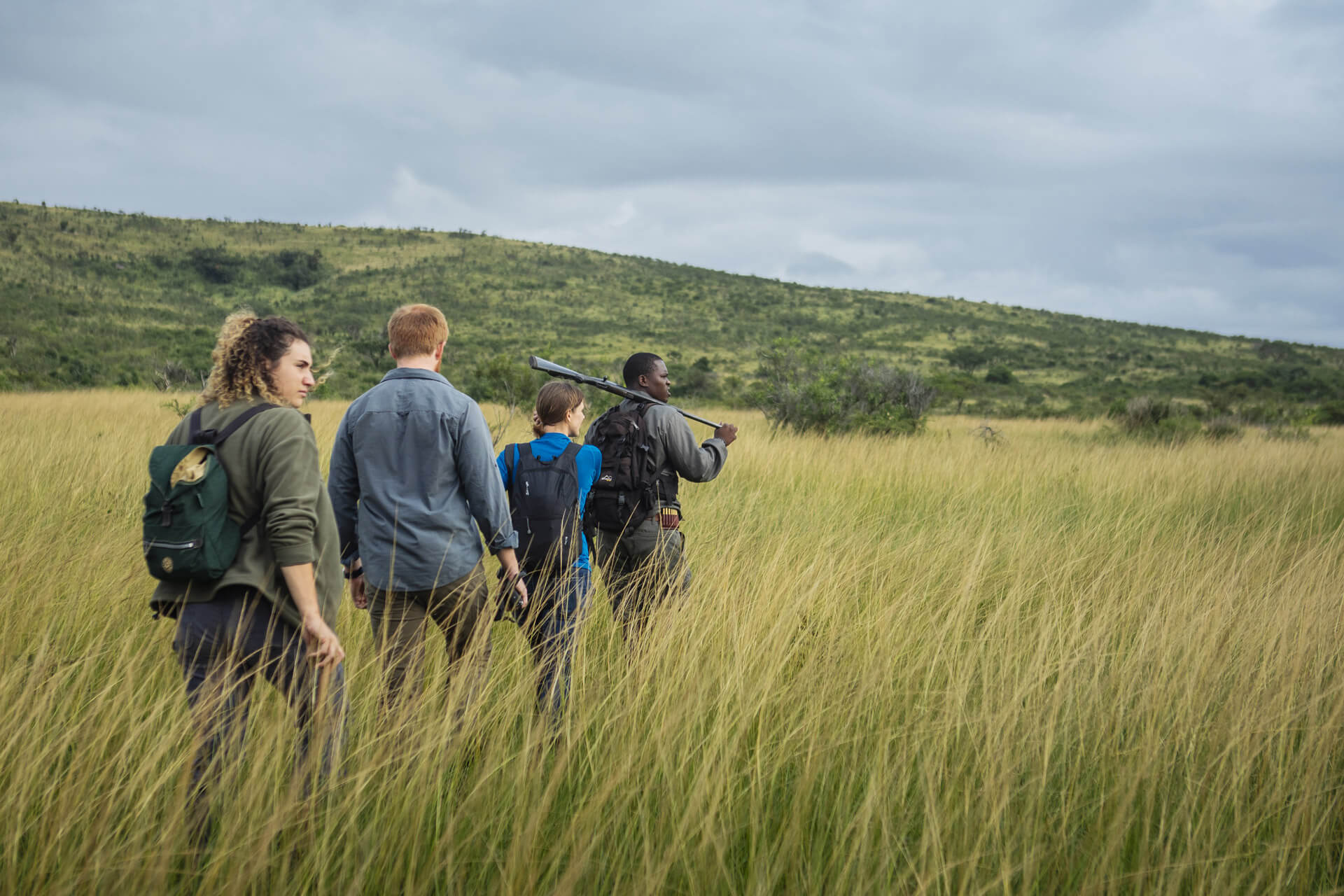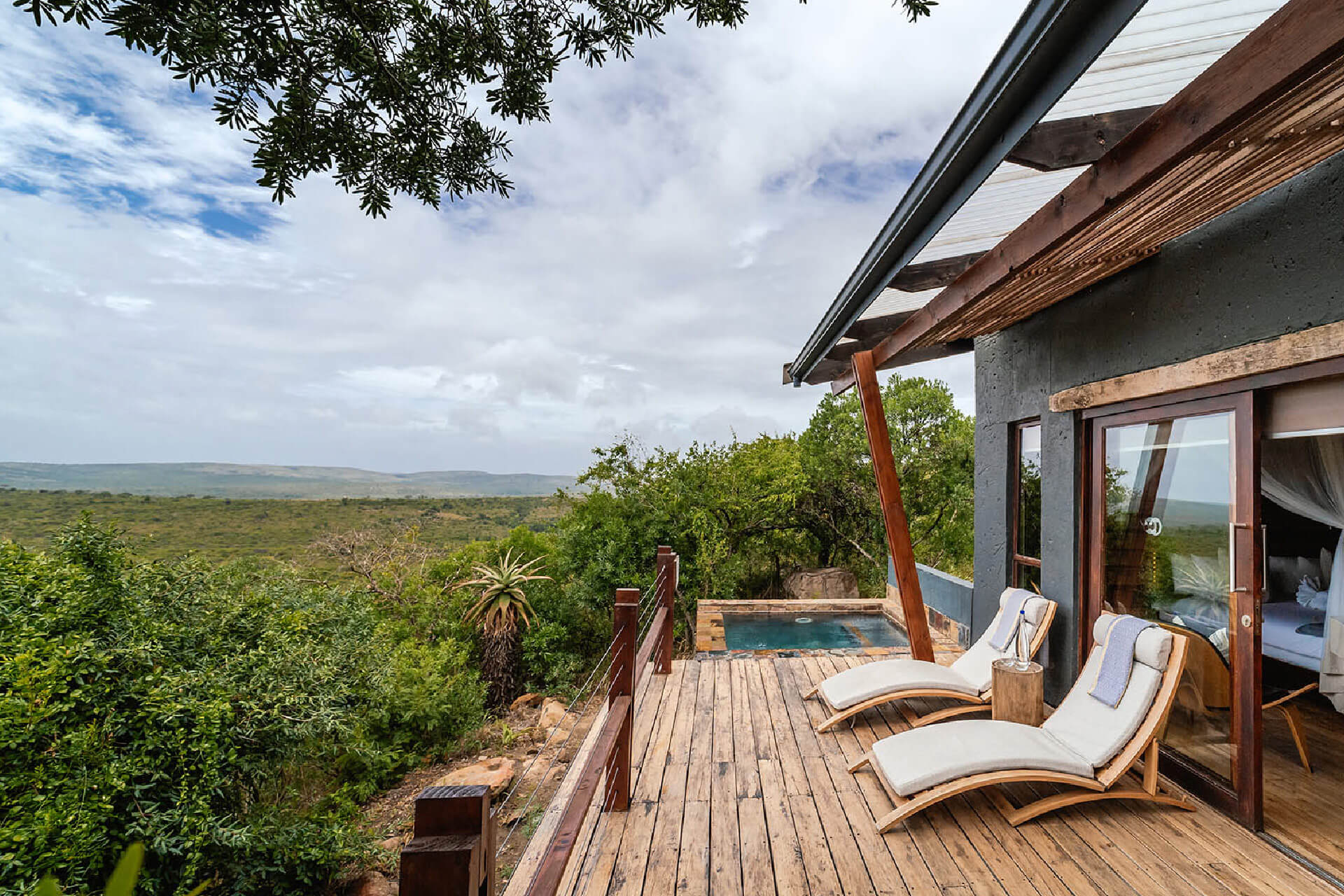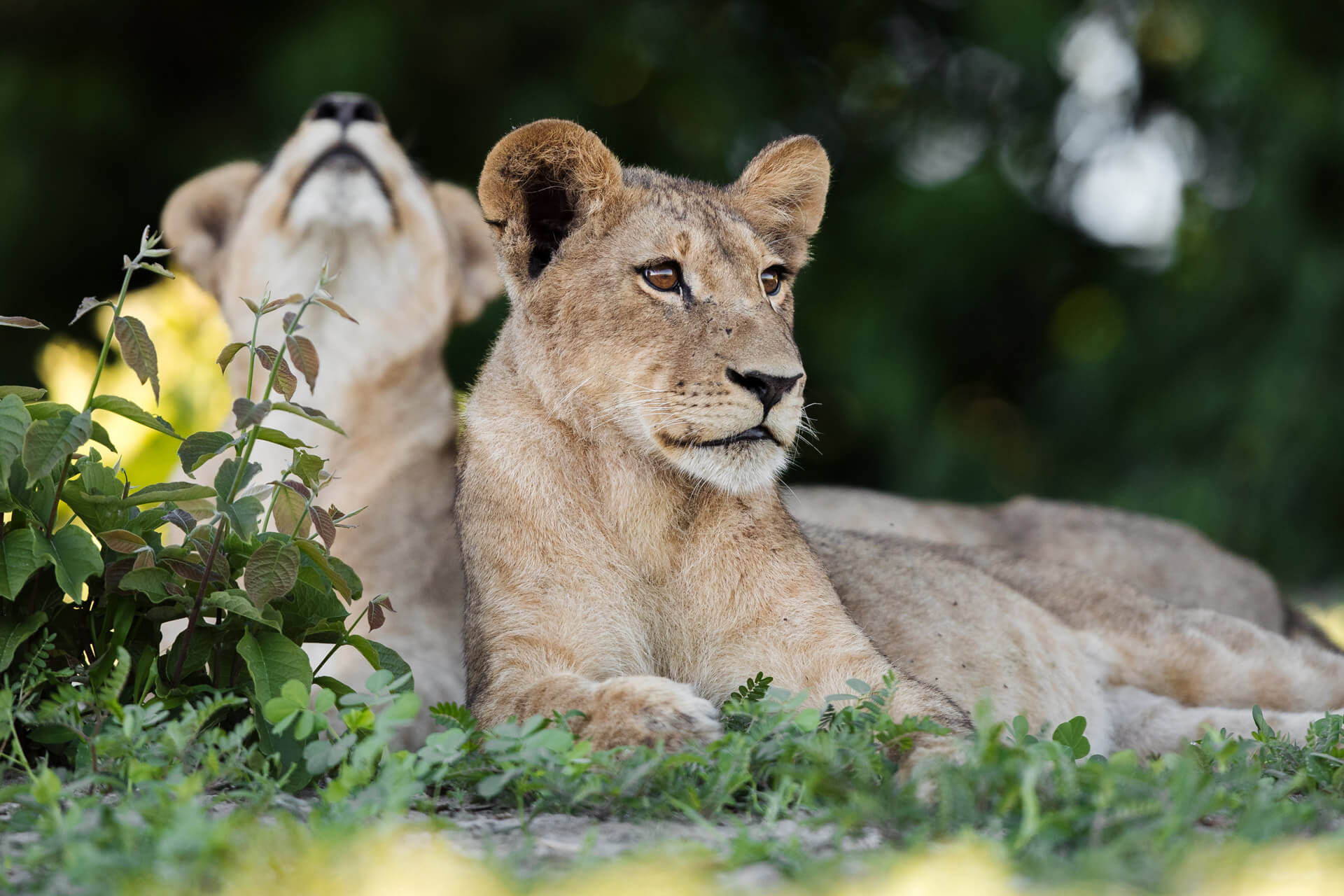Celebrating the humble Aloe
Posted in: Wildlife
Posted on: June 26, 2018
If you visit any of our beautiful lodges set in pristine parts of KwaZulu-Natal, South Africa, do ask one of our guides to show you different varieties of Aloe plants. These succulents make great photographs in the setting sun, back-lit or silhouetted. There are over 500 Aloe species and their vibrant orange colours and spiral formations are simply lovely.
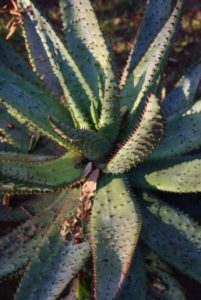
Not just a pretty face though, this indigenous plant has been used for medicinal purposes for centuries. Aloe Vera, the well-known ingredient of many healing balms and moisturising creams, is made from the humble Aloe. The ancient Greeks and Romans used Aloe Vera to treat wounds and burns. They are often still used to treat sunburn and to prevent itching from bug bites. Other parts of the plant have been used as laxatives and purgatives. Many people still squeeze Aloe juice to use to ease digestion and discomfort but some say it can be dangerous, even deadly, in high doses.
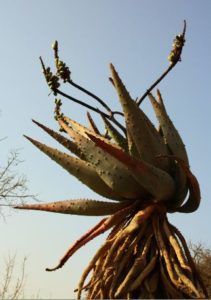
Aloe plants can live up to 12 years and grow taller than humans. They grow without a stem, in a spiral of spikey leaves with flowers at their top. They produce both gel and latex. Aloes quietly clean the air while looking stunning.
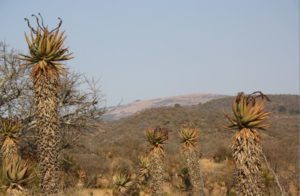
We recommend that you simply lie back in one of our swimming pools, like the one at Rhino Ridge Safari Lodge, and gaze upon this lovely being, favourite drink in hand, from you’re your position of great comfort.
